Here I am going to give you all the information in detail in this article. This period is known as one of Japan’s best eras, and so many revolutions had occurred during this Meiji period. If you wanted to know about the Meiji period in Japan, then you have come to the right page. Read the whole article from fast to last, and I hope you can know about this Meiji period.
All About Meiji Period
Meiji Period is a period in Japanese history that extended from October 23, 1868, to July 30, 1912. The first half of the Empire of Japan was represented by this Meiji period. The Japanese people moved from being an isolated feudal society in this period. With the reign of Emperor Meiji, this period corresponded.
The Keiō era had produced it, and by the Taishō era, it succeeded. 1867 needs to be subtracted from the year in question for converting any Gregorian calendar year between 1868 and 1912 in the Meiji era.
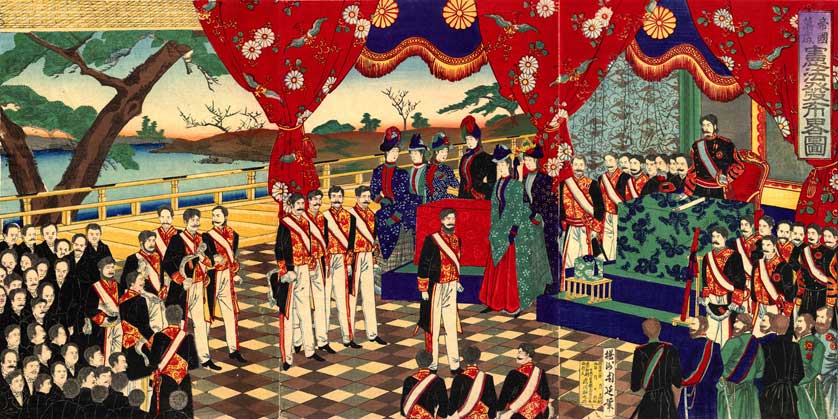
Restoration Of The Meiji Period
The Meiji Period was restored after the abolition of the han system. Basically, on February 3, 1867, Prince Mutsuhito was replaced by his father named Emperor Kōmei, and then he was only 14 years old. Prince Mutsuhito arrived at the Chrysanthemum Throne as the 122nd emperor. He tendered the resignation to the Emperor of shōgun Tokugawa Yoshinobu on November 9, 1867, and after 10 days, he had formally stepped down.
However, the restoration to the Meiji period had happened in the next year with the new government’s formation on January 3, 1868. Basically, in the summer of 1868, the Edo fall was signed as the end of the Tokugawa shogunate, and after that, the new era was proclaimed. The name was that era was the Meiji Era.
Meiji Literature
Mori Ōgai and Natsume Sōseki are two famous novelists of the Japanese Meiji period, and they both took influence from overseas. Mori Ōgai spent some years as an army physician and learned medicine in Germany. From this inspiration, he wrote a story named “Maihime” in 1890. In the Meiji era, this is one of the earliest enduring works. Ita sekusuarisu and Gan are two popular novels and also write impressive historical fiction in the Taishō era from 1912 to 1926.
Natsume Sōseki’s had two unhappy years that he spent learning English literature in London. Wagahai wa Neko de Aru’s breakthrough work, widely known as I am a Cat from 1905’s. He is also known as Japanese as one of the greatest modern novelists. Botchan, Sanshirō, and the early Taishō Kokoro were included in his works.
Meiji Period’s Politics
Itagaki Taisuke was a major proponent of representative government who was born in 1837 and died in 1919. He is also known as a powerful Tosa leader, and in 1873, he had resigned from the Council of State over the Korean affair. Only for gaining a voice in government, he sought peace without any rebellion. In 1874, the Tosha Memorial was written by Itagaki and others for calling the immediate establishment of representative government.
As the basis for modern fiscal policy, a series of land and tax laws were enacted between 1871 and 1873. In this era, private ownership was legalized, deeds were issued, and lands were assessed at fair market value, which taxes were paid in cash.
Pushing for representative government, Itagaki organized his followers and other democratic proponents into the nationwide Aikokusha in 1878. Itagaki helped in founding a Liberal Party named Jiyūtō that was favored French political doctrines.
Economic Condition In The Meiji Period
Generally, in Japan, the Industrial Revolution occurred during the Meiji era. This industrial revolution began about 1870 when the political leaders decided to catch up with the West. In this Meiji period, the government built railroads, improved roads, and inaugurated a land reform program for preparing the country for further development. Thousands of students were sent to the United States and Europe to inaugurate a new Western-based education system for all young people.
The Japanese government hired more than 3,000 Westerners to teach modern science, mathematics, technology, and foreign languages in Japan. The Iwakura Mission was a group of Japanese politicians who toured Europe and the US to learn western ways in 1871. During the Meiji period in 1872, between Tokyo and Yokohama, the first railway was opened.
These are all about the Meiji period. I have tried my best to add this information by taking help from a previous website. If you find any wrong information in this article, then look for it at your kind attention, and please inform us of that in the comment section. I will fix it as soon as possible. Please stay connected with our website to get the next update.
If you want to know more about the history of Japan; then read about the next Japanese period Emperor Taisho’s Period

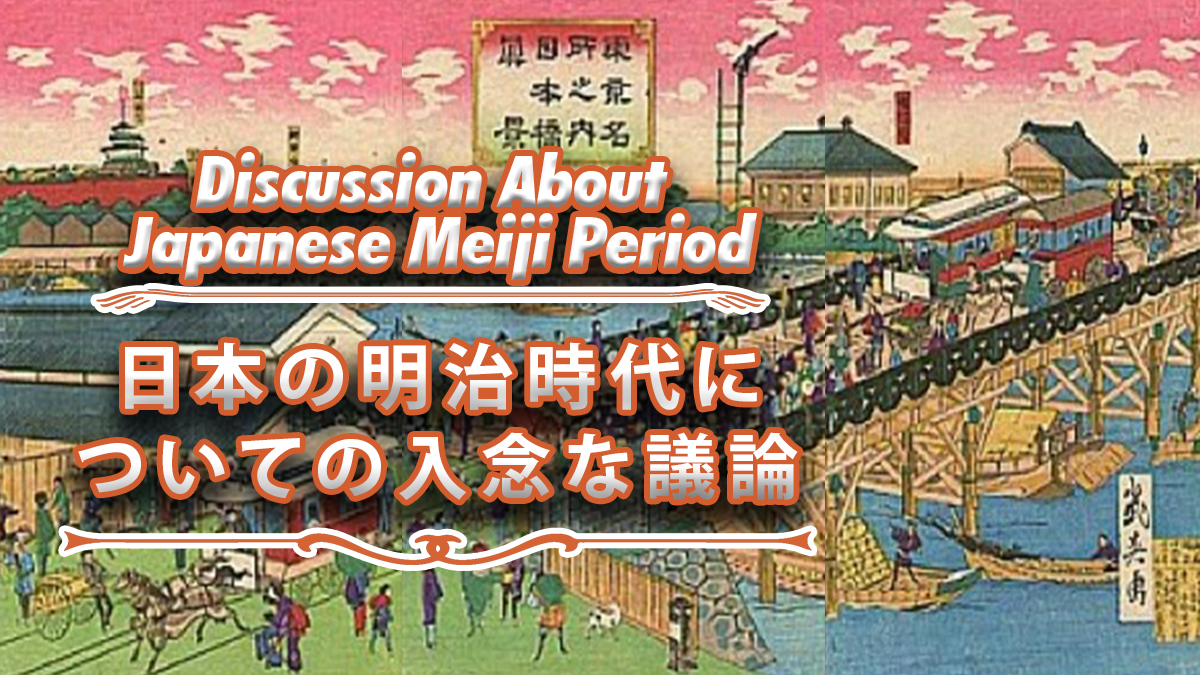
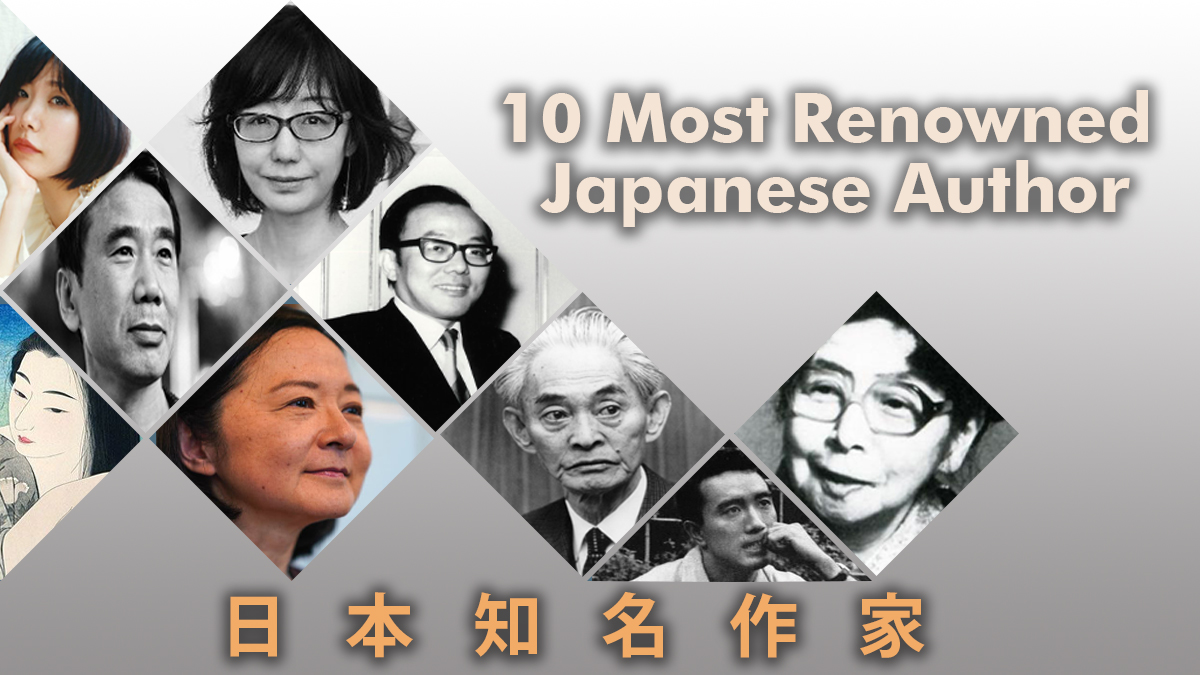
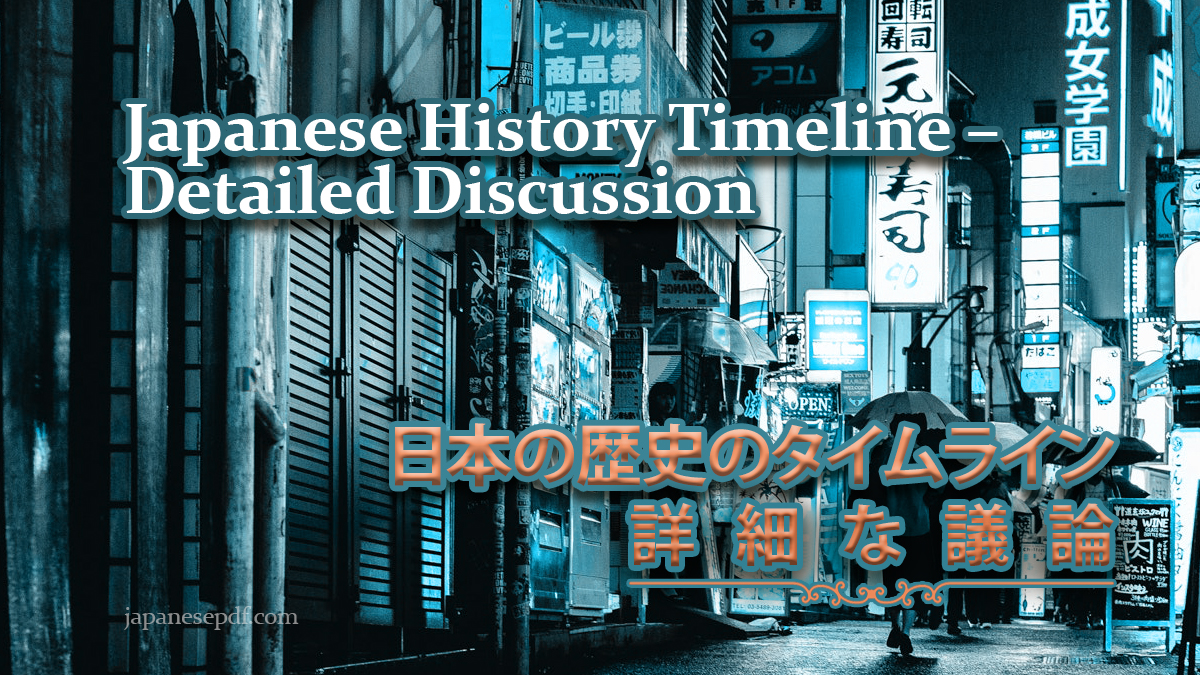

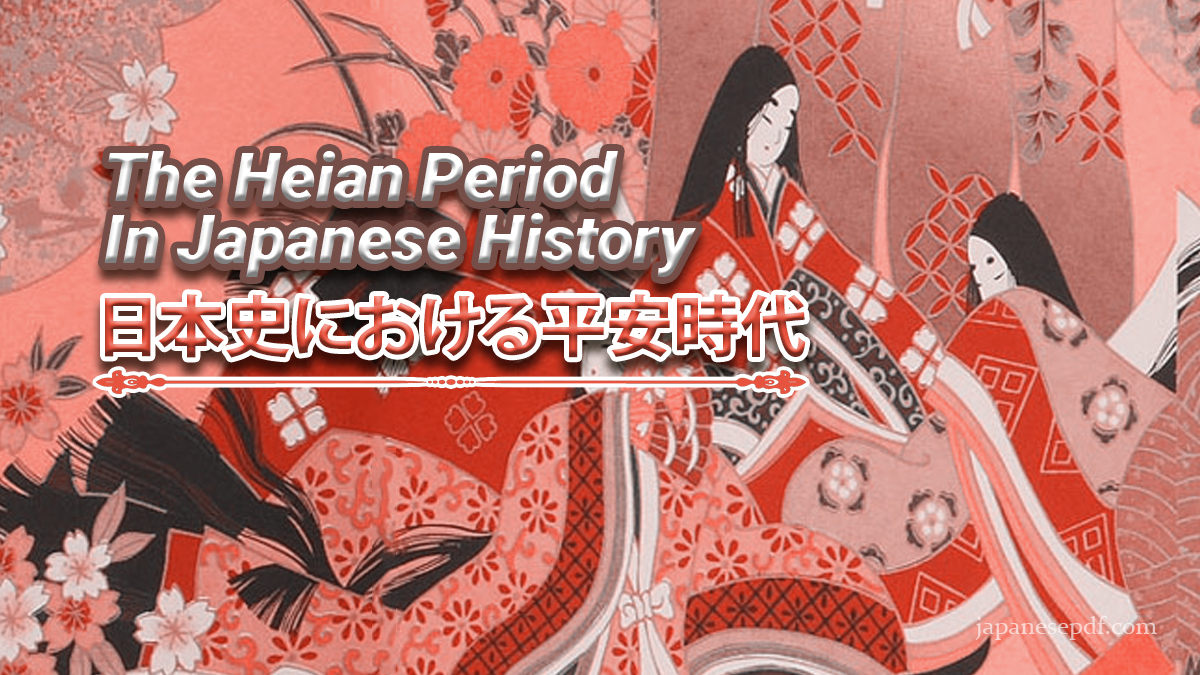
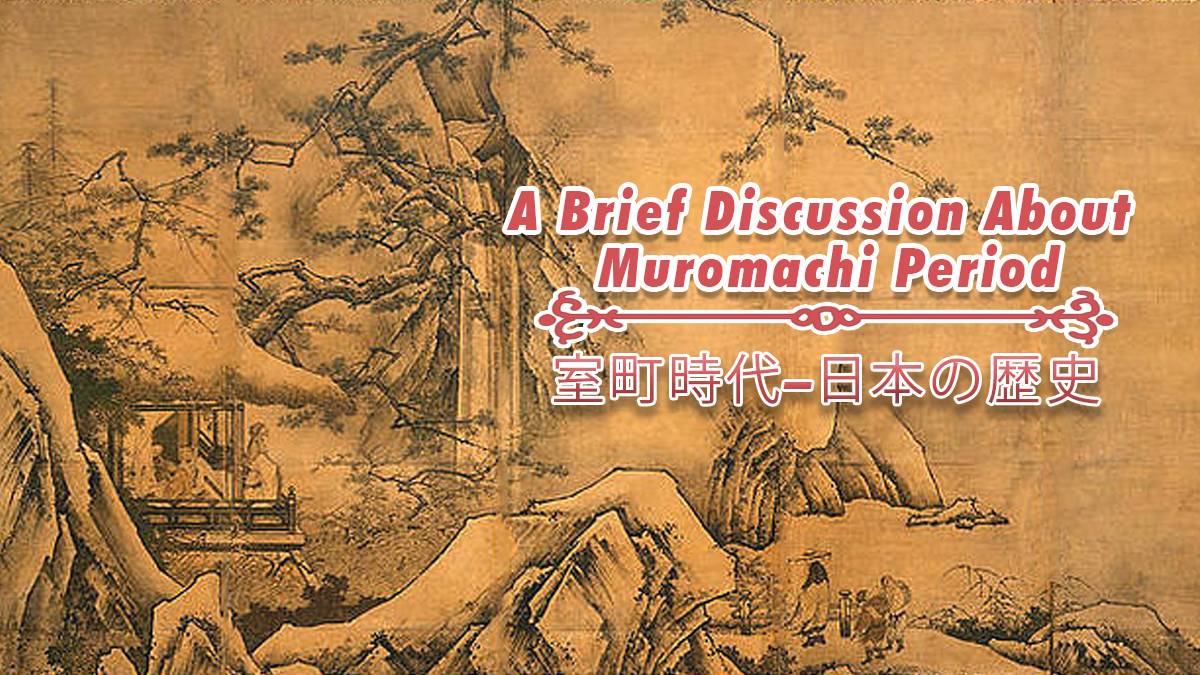
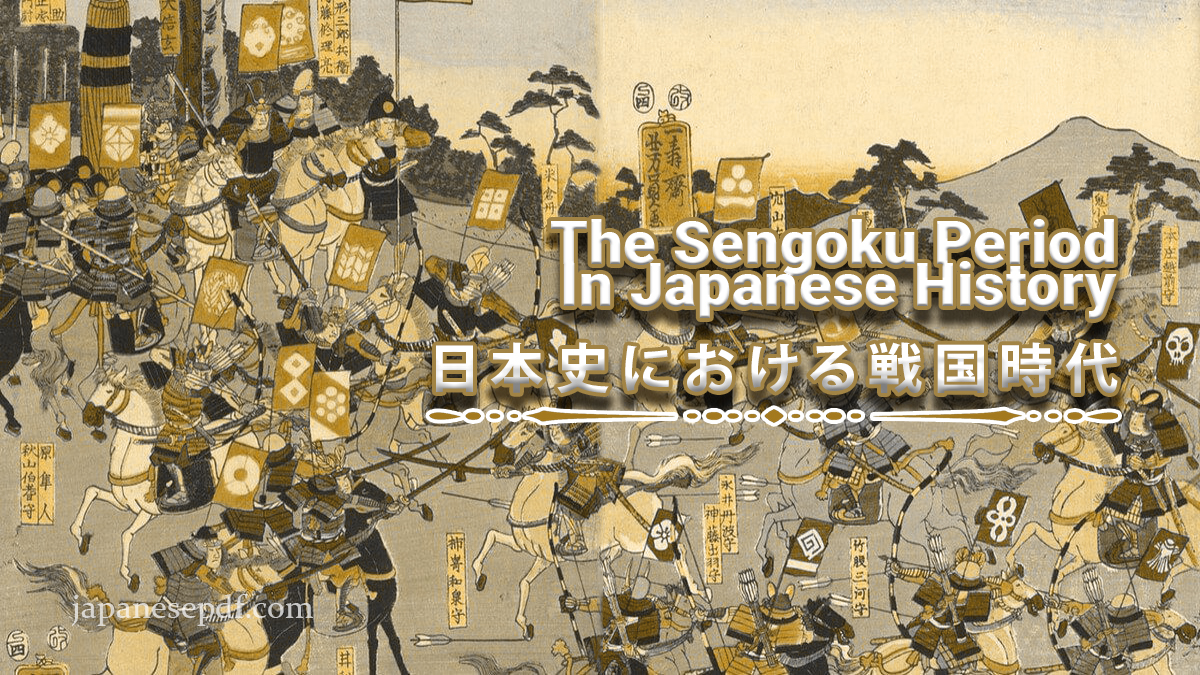
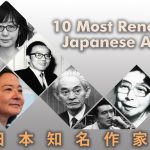
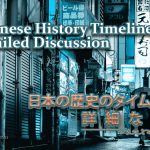



Comments